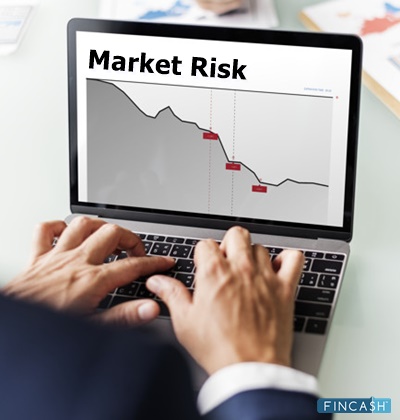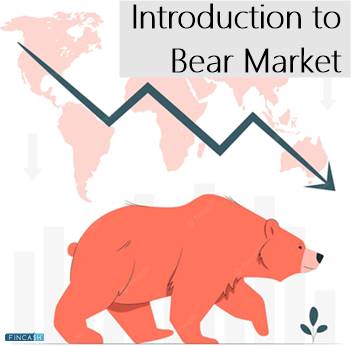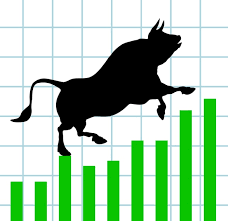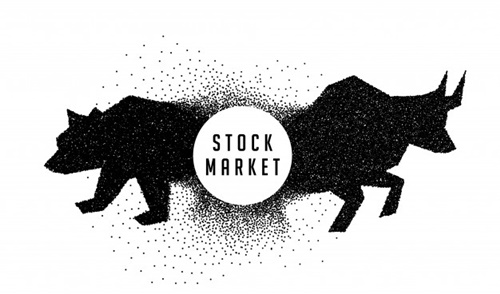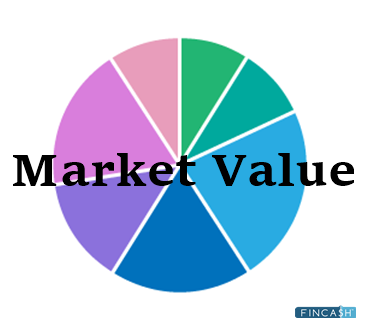Market Depth
What is Market Depth?
Market depth is a term that refers to the ability of a market to keep up with large market orders without letting it impact the price of a security. It keeps in check with the overall level and breadth of the market's open orders, bids, offers and trading within security. The more sales and purchases in the market, the more the depth of the market is.

You can evaluate the market depth by taking a keen look at the order book of a security that has a list of pending orders to purchase and sell at different price levels.
Important Points about Market Depth
Market depth is related to liquidity and volume of security. But this does not mean that every stock with high trade volume is having a good market depth. There may be an imbalance or orders which may create high Volatility for stocks even with the highest trade volume.
Market depth also refers to the orders in the limit order book during a period of time. This will be traded for a limit order for a price obtained by a market order with a given size. Though a price change can attract orders, it is not included in market depth since it is not known. For example, if a market for a stock is ‘deep’, the volume of pending orders will be enough on both the giving and asking side. This will prevent large orders from moving the price significantly.
Note that the market depth also refers to the number of shares which can be purchased from a particular corporation without causing the price to rise. If the stock is liquid but has a large number of buyers and sellers, buying a bulk of shares will not result in stock movements of the price.
Talk to our investment specialist
All efforts have been made to ensure the information provided here is accurate. However, no guarantees are made regarding correctness of data. Please verify with scheme information document before making any investment.


